Home>Furniture & Design>Kitchen Furniture>How Much Fabric To Recover Dining Chairs
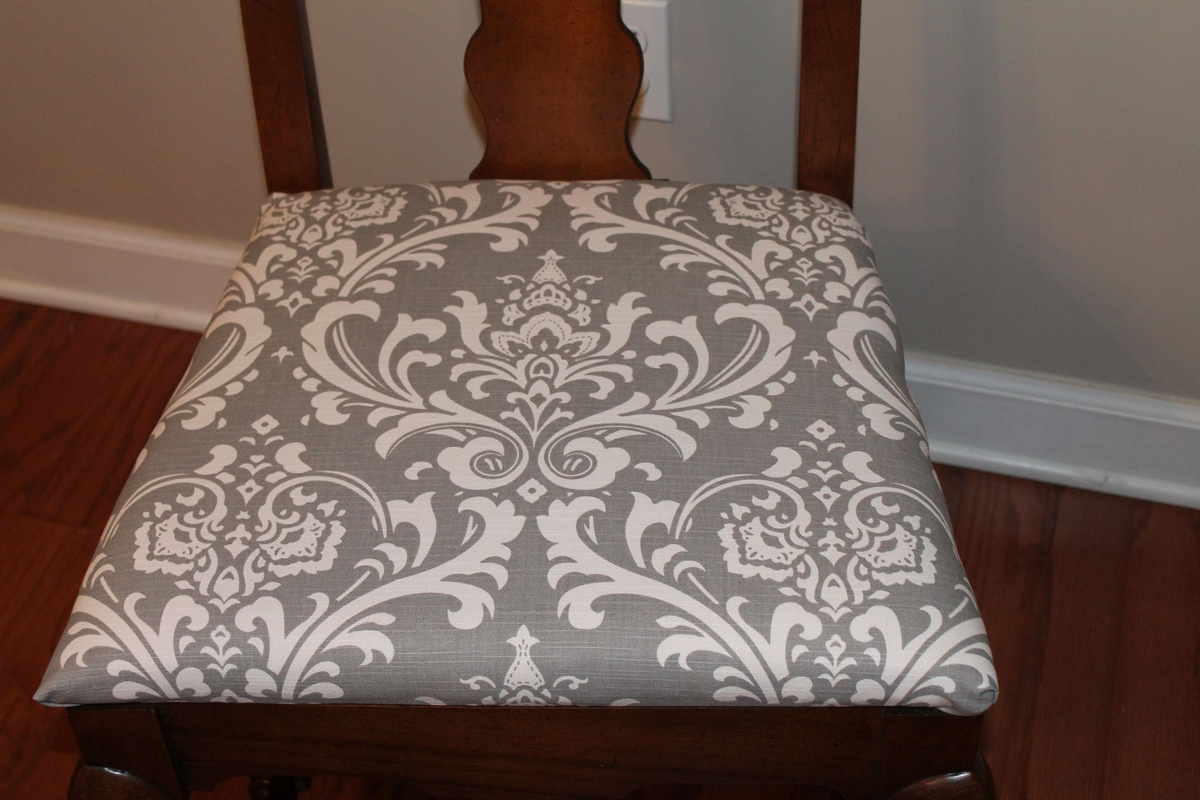

Kitchen Furniture
How Much Fabric To Recover Dining Chairs
Modified: April 1, 2024
Discover how much fabric you need to recover your dining chairs and give your kitchen furniture a fresh new look. Get expert tips and advice on furniture and design.
(Many of the links in this article redirect to a specific reviewed product. Your purchase of these products through affiliate links helps to generate commission for Storables.com, at no extra cost. Learn more)
Introduction
Recovering dining chairs with new fabric can breathe fresh life into your kitchen or dining room. Whether you're looking to update the look of your chairs or simply want to give them a much-needed refresh, reupholstering can be a rewarding and cost-effective project. In this comprehensive guide, we will explore the process of determining how much fabric you'll need to recover your dining chairs, as well as the steps involved in selecting, preparing, and applying the fabric.
Reupholstering your dining chairs not only allows you to personalize their appearance but also gives you the opportunity to ensure that the fabric complements the overall aesthetic of your space. Additionally, by undertaking this project, you can extend the lifespan of your chairs, saving money in the long run by avoiding the need to purchase new ones.
Whether you're a seasoned DIY enthusiast or a newcomer to the world of furniture restoration, this guide will equip you with the knowledge and confidence to tackle the reupholstering process. From assessing the chairs and calculating fabric yardage to selecting the perfect fabric and completing the reupholstering task, each step will be discussed in detail, providing you with the essential information to embark on this fulfilling endeavor.
By the end of this guide, you will have a clear understanding of the fabric yardage required for your specific chairs, as well as the necessary skills to transform them into stunning, customized pieces that seamlessly integrate with your interior design. Let's embark on this exciting journey to revitalize your dining chairs and elevate the ambiance of your home.
Key Takeaways:
- Recovering dining chairs with new fabric can give them a fresh, personalized look while extending their lifespan. Assessing, calculating, and selecting the right fabric are crucial steps for a successful reupholstering project.
- Preparing, cutting, sewing, and reupholstering the chairs require attention to detail and precision. The process results in visually stunning, customized chairs that seamlessly integrate with your interior design.
Read more: How To Recover Dining Chairs
Assessing the Dining Chairs
Before diving into the reupholstering process, it’s essential to thoroughly assess the condition of your dining chairs. This initial step will help you determine the amount of fabric needed and identify any underlying issues that may need to be addressed before proceeding with the project.
Start by closely examining each chair to assess its structural integrity. Check for loose or damaged joints, wobbly legs, or any other signs of wear and tear. Addressing these issues before reupholstering will ensure that your chairs not only look fantastic but also provide a sturdy and safe seating option for years to come.
Next, consider the current upholstery. If the chairs are already upholstered, assess the condition of the existing fabric. Look for stains, tears, or signs of fading. Additionally, take note of the current padding and cushioning. Over time, padding can become compressed, resulting in a less comfortable seating experience. If the padding is inadequate or shows signs of wear, you may want to consider replacing it during the reupholstering process.
Furthermore, evaluate the style and design of the chairs. Consider whether you want to maintain the existing aesthetic or take this opportunity to update the look of the chairs to better align with your current décor. Assessing the style will also help you determine the type of fabric that will best complement the overall design scheme of your space.
Finally, measure the dimensions of each chair to ensure accurate fabric calculations. Take note of the seat dimensions, as well as the height and width of the chair back. These measurements will be instrumental in determining the amount of fabric required for each chair.
By thoroughly assessing the condition, style, and dimensions of your dining chairs, you’ll be well-equipped to move on to the next steps of the reupholstering process. This preparatory phase sets the stage for a successful and satisfying transformation of your chairs, allowing you to proceed with confidence and clarity.
Calculating Fabric Yardage
Accurately calculating the fabric yardage required for reupholstering your dining chairs is a crucial step in the process. By determining the correct amount of fabric needed, you can avoid running short during the project while minimizing waste. Several factors come into play when calculating fabric yardage, and understanding these elements will ensure a smooth and efficient reupholstering experience.
Begin by measuring the dimensions of each chair. For the seat, measure the length and width, adding a few inches to account for wrapping the fabric around the underside. For the chair back, measure the height and width, extending the measurements to allow for proper coverage and securing the fabric. These additional inches, known as the “fabric allowance,” are essential for achieving a professional and polished result.
Consider the pattern repeat of the fabric if you opt for a patterned or striped material. Pattern repeat refers to the distance before the pattern starts over. It’s crucial to account for this when calculating fabric yardage, ensuring that you have enough fabric to match the pattern across all chairs consistently.
Factor in the fabric width when determining yardage. Most upholstery fabrics come in standard widths, typically ranging from 45 to 60 inches. The wider the fabric, the less yardage you’ll need. However, if the fabric has a directional pattern or if you’re using a narrower width, additional yardage may be necessary to accommodate the pattern repeat and ensure seamless coverage.
Once you have all the necessary measurements, use a fabric yardage calculator or consult with a fabric professional to determine the exact yardage required for each chair. It’s advisable to add a buffer to the calculated yardage to account for any unexpected variations or mistakes during the cutting and sewing process.
By meticulously calculating the fabric yardage for your dining chairs, you’ll be well-prepared to move on to the next stages of the reupholstering process. This attention to detail and precision will contribute to a successful and satisfying outcome, allowing you to proceed with confidence and clarity as you select and prepare the fabric for your chairs.
Selecting Fabric
Choosing the right fabric for your dining chair reupholstering project is a pivotal decision that significantly influences the overall look and feel of the chairs. The fabric you select should not only align with your personal style and preferences but also be durable, easy to maintain, and well-suited for the dining environment. Consider the following factors to ensure that you make an informed and suitable choice:
- Material: Opt for a fabric that is durable and easy to clean, as dining chairs are prone to spills and frequent use. Cotton, linen, and polyester blends are popular choices for upholstery due to their resilience and ease of maintenance. Additionally, consider the texture and feel of the fabric to ensure it complements the comfort and aesthetic of the chairs.
- Color and Pattern: The color and pattern of the fabric should harmonize with the existing décor while adding visual interest to the space. Whether you prefer a solid, neutral fabric that seamlessly blends in or a bold, patterned material that makes a statement, ensure that the chosen fabric enhances the overall ambiance of the dining area.
- Style and Design: Take into account the style of your dining chairs and the surrounding furnishings. If your chairs feature ornate detailing, a luxurious fabric such as velvet may complement the elegance of the design. For modern or minimalist spaces, consider sleek and understated fabrics that contribute to a clean and contemporary look.
- Practical Considerations: Evaluate the practicality of the fabric, considering factors such as stain resistance, fade resistance, and ease of cleaning. This is particularly important for dining chairs, as they are exposed to food and beverage spills. Choosing a fabric with built-in stain protection or easy-clean properties can prolong the lifespan of the upholstery and simplify maintenance.
It’s advisable to obtain fabric swatches or samples to assess how the material looks and feels in the intended setting. Place the swatches against the chairs and observe them in different lighting conditions to ensure that the chosen fabric complements the surrounding elements of the room.
Ultimately, the fabric you select should not only reflect your personal taste but also contribute to the functionality and visual appeal of your dining chairs. By carefully considering the material, color, pattern, and practical aspects of the fabric, you can make a confident and informed decision that sets the stage for a successful reupholstering endeavor.
Measure the length and width of the seat, adding 4 inches to each side for overhang. For the backrest, measure the height and width, adding 4 inches to each side. This will give you the amount of fabric needed to recover your dining chairs.
Preparing the Chairs
Before embarking on the reupholstering process, it’s essential to prepare the dining chairs to ensure a smooth and successful transformation. This preparatory phase involves several key steps that lay the groundwork for the application of the new fabric and the overall revitalization of the chairs.
Begin by carefully removing the existing upholstery from the chairs. Use a staple remover or pliers to detach the fabric, taking care to preserve any underlying padding or cushioning that is in good condition. Inspect the padding for signs of wear, compression, or damage. If necessary, replace the padding to enhance the comfort and longevity of the chairs.
Thoroughly clean the chair frames to remove any dust, debris, or residue from the previous upholstery. A gentle cleaning solution and a soft cloth can be used to wipe down the surfaces, ensuring that the frames are free from any substances that could interfere with the adhesion of the new fabric.
Inspect the chair frames for any loose joints, damaged components, or areas in need of repair. Tighten any loose screws or bolts, and address any structural issues to reinforce the stability of the chairs. Sand down rough edges or imperfections, and apply a fresh coat of paint or finish to the frames if desired, rejuvenating the appearance of the chairs.
Once the frames are clean and any necessary repairs have been completed, assess the alignment and positioning of the chair components. Ensure that the seat and backrest are securely attached and properly aligned to guarantee a professional and polished result once the new fabric is applied.
By diligently preparing the chairs for reupholstering, you set the stage for a seamless and satisfying transformation. This preparatory phase not only ensures that the chairs are in optimal condition for the application of the new fabric but also allows you to address any underlying issues that could affect the overall result. With the chairs primed and ready, you can proceed with confidence to the next stages of the reupholstering process, knowing that you’ve laid a solid foundation for the revitalization of your dining chairs.
Read more: How To Protect Fabric On Dining Chairs
Cutting and Sewing the Fabric
Once you have assessed the fabric yardage required and selected the perfect material for your dining chair reupholstering project, the next crucial step involves cutting and sewing the fabric to fit the dimensions of the chairs. This phase demands precision, attention to detail, and proficient sewing skills to ensure a flawless and professional outcome.
Begin by laying out the selected fabric on a clean, flat surface, ensuring that it is free from wrinkles or creases. Use the measurements obtained during the assessment phase to mark and cut the fabric to the appropriate sizes for each chair component. Take into account the fabric allowance, ensuring that you have ample material to wrap and secure the upholstery neatly.
If the fabric features a pattern or directional design, pay close attention to the alignment and placement of the pattern on each chair piece. Carefully match the patterns across all components to achieve a cohesive and visually appealing result. This meticulous attention to detail contributes to a professional and polished appearance once the chairs are reupholstered.
Once the fabric pieces are cut to size, it’s time to sew any necessary seams or hems to ensure a tidy and secure finish. Use a sewing machine or hand-stitching techniques to create durable and visually pleasing seams along the edges of the fabric. Reinforce the corners and stress points to enhance the longevity and resilience of the upholstery.
If the chairs feature intricate or curved components, such as contoured seat shapes or detailed backrests, take extra care when sewing the fabric to accommodate these contours. Use pins or fabric clips to secure the material in place before sewing, ensuring a snug and tailored fit that accentuates the design of the chairs.
Throughout the cutting and sewing process, maintain a keen eye for precision and consistency, striving for uniformity across all chair components. This meticulous approach to cutting and sewing the fabric sets the stage for a successful and visually striking reupholstering outcome, ensuring that the chairs are transformed into stunning and customized pieces that seamlessly integrate with your interior design.
Reupholstering the Chairs
With the fabric meticulously prepared and the chairs primed for their transformation, the reupholstering phase marks the culmination of your efforts, bringing the vision of revitalized dining chairs to fruition. This pivotal stage involves applying the newly cut and sewn fabric to the chairs, securing it in place, and meticulously finishing the upholstery to achieve a professional and polished result.
Begin by positioning the fabric pieces over the corresponding chair components, ensuring a precise fit and alignment. Secure the fabric in place using a staple gun, starting from the center and working outward to maintain an even and taut application. Take care to smooth out the fabric as you staple, eliminating wrinkles and ensuring a seamless finish.
For chairs with complex contours or detailed backrests, carefully manipulate the fabric to conform to the shape of the chair, using small pleats or gathers to achieve a tailored and snug fit. This attention to detail is instrumental in creating a refined and custom appearance that enhances the overall aesthetic of the chairs.
Once the fabric is securely attached to the chairs, trim any excess material, ensuring that the edges are neat and uniform. Conceal the raw edges of the fabric using upholstery trim or gimp, adding a decorative and polished touch that elevates the visual appeal of the reupholstered chairs.
If the chairs feature cushioned seats, reattach the newly upholstered seats to the frames, ensuring a secure and stable fit. Inspect the chairs from all angles, making any necessary adjustments to the fabric to guarantee a flawless and cohesive result.
Throughout the reupholstering process, maintain a keen eye for detail and precision, striving for consistency and uniformity across all chairs. This meticulous approach, combined with skilled application and finishing techniques, ensures that the chairs are transformed into stunning, customized pieces that seamlessly integrate with your interior design.
Upon completing the reupholstering process, step back and admire the remarkable transformation of your dining chairs. The revitalized upholstery breathes new life into the chairs, infusing your space with a renewed sense of style and sophistication. By embarking on this fulfilling endeavor, you’ve not only personalized the appearance of your chairs but also extended their lifespan, creating enduring and captivating elements within your home.
Conclusion
Embarking on the journey to reupholster your dining chairs has not only revitalized the appearance of these essential pieces of furniture but has also allowed you to infuse your personal style and creativity into your living space. The meticulous process of assessing, calculating, selecting, preparing, cutting, sewing, and reupholstering has culminated in a rewarding and transformative experience, resulting in chairs that are both visually stunning and structurally rejuvenated.
By meticulously assessing the condition and style of the chairs, you set the stage for a successful reupholstering endeavor, ensuring that the fabric you selected harmonizes with the existing décor while meeting practical considerations such as durability and ease of maintenance. The careful calculation of fabric yardage and the precise cutting and sewing of the material have contributed to a seamless and professional application, resulting in chairs that exude quality and craftsmanship.
Throughout the process, attention to detail and a commitment to excellence have been paramount, from the meticulous application of the fabric to the final finishing touches that elevate the upholstery to a new level of sophistication. The reupholstered chairs now stand as personalized and enduring elements within your home, seamlessly integrating with your interior design while offering enhanced comfort and visual appeal.
As you admire the remarkable transformation of your dining chairs, take pride in the fact that you’ve not only renewed the aesthetic appeal of these pieces but also extended their lifespan, breathing new life into your living space. The reupholstering process has not only allowed you to express your individuality and creativity but has also provided a sustainable and cost-effective alternative to purchasing new furniture, demonstrating the timeless value of restoration and customization.
With your newly reupholstered dining chairs taking center stage, your home exudes a sense of elegance, style, and personal touch. This fulfilling endeavor has not only enhanced the ambiance of your living space but has also empowered you with the knowledge and skills to undertake future upholstery projects, further enriching your home with customized and revitalized furnishings.
As you continue to enjoy the beauty and comfort of your reupholstered dining chairs, may this experience serve as a testament to the transformative power of creativity, craftsmanship, and the enduring allure of personalized furniture within the home.
Frequently Asked Questions about How Much Fabric To Recover Dining Chairs
Was this page helpful?
At Storables.com, we guarantee accurate and reliable information. Our content, validated by Expert Board Contributors, is crafted following stringent Editorial Policies. We're committed to providing you with well-researched, expert-backed insights for all your informational needs.
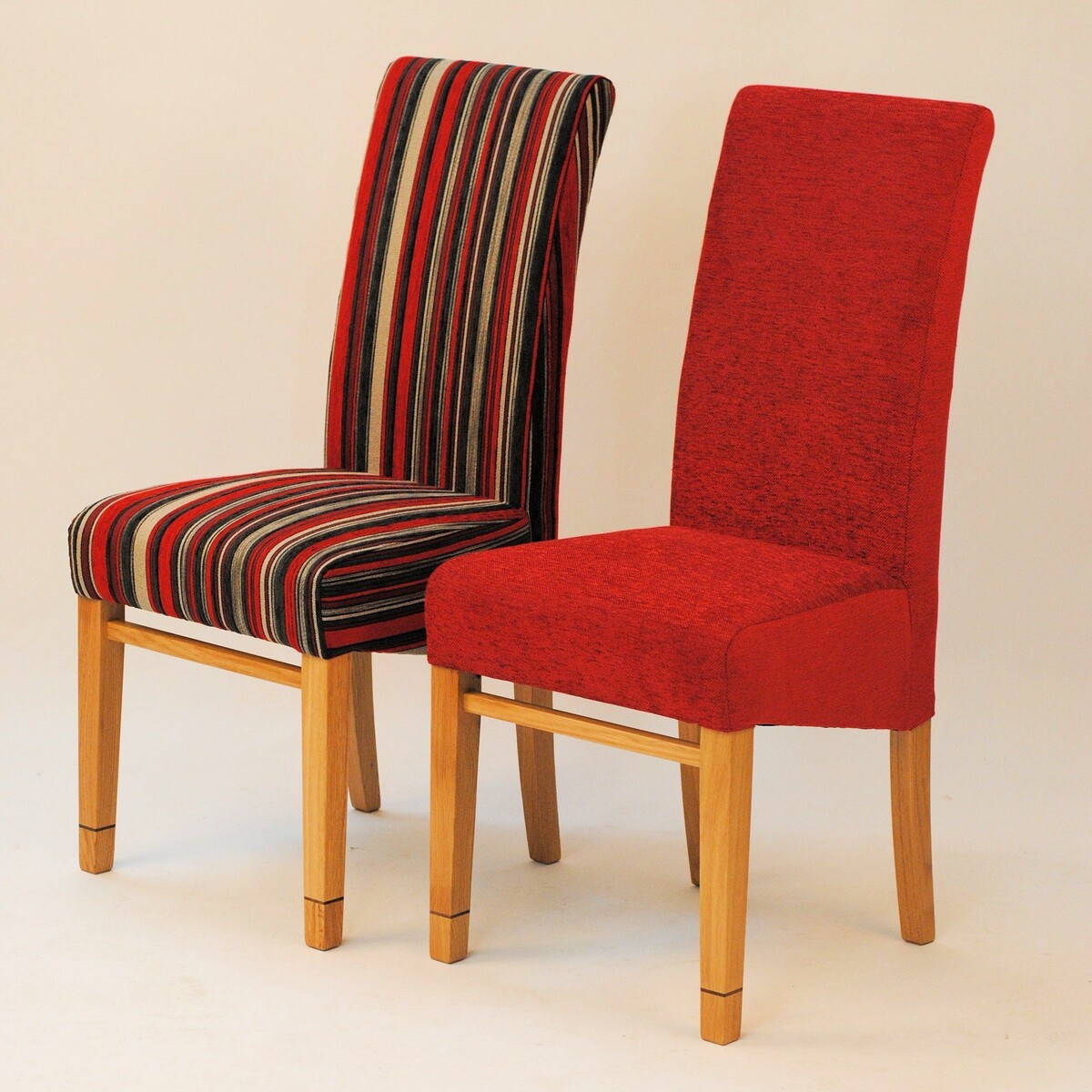
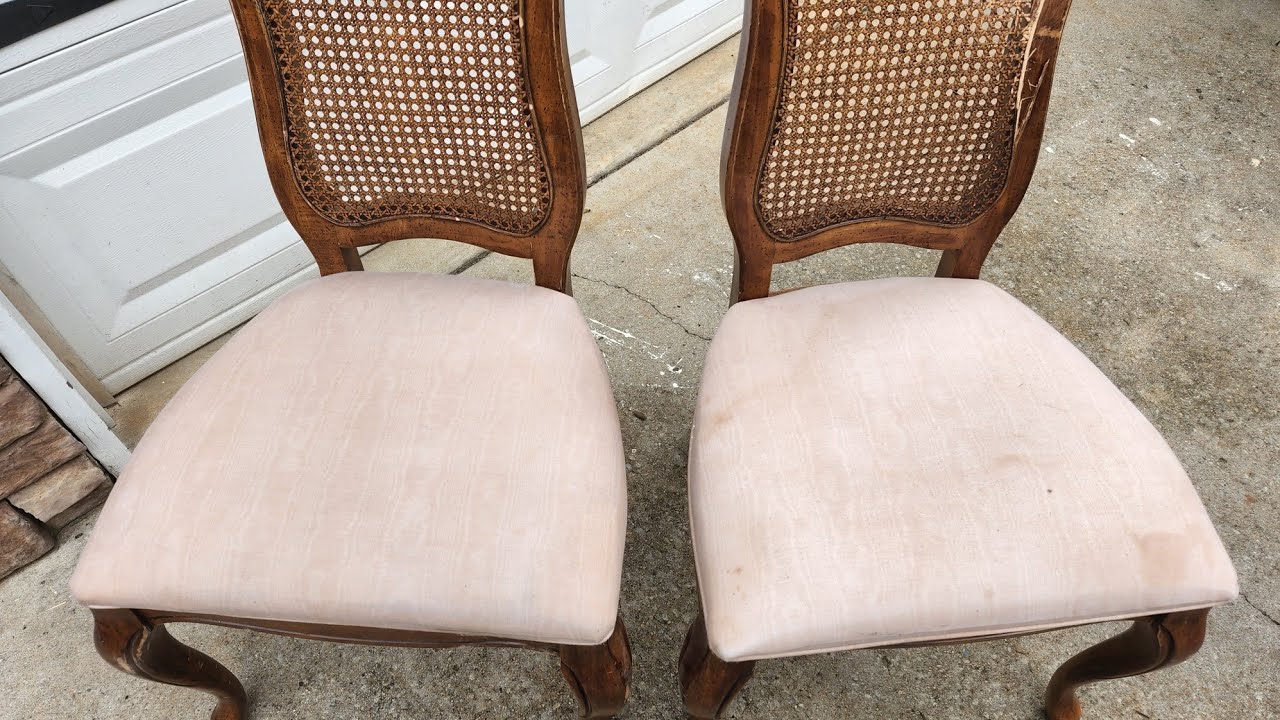

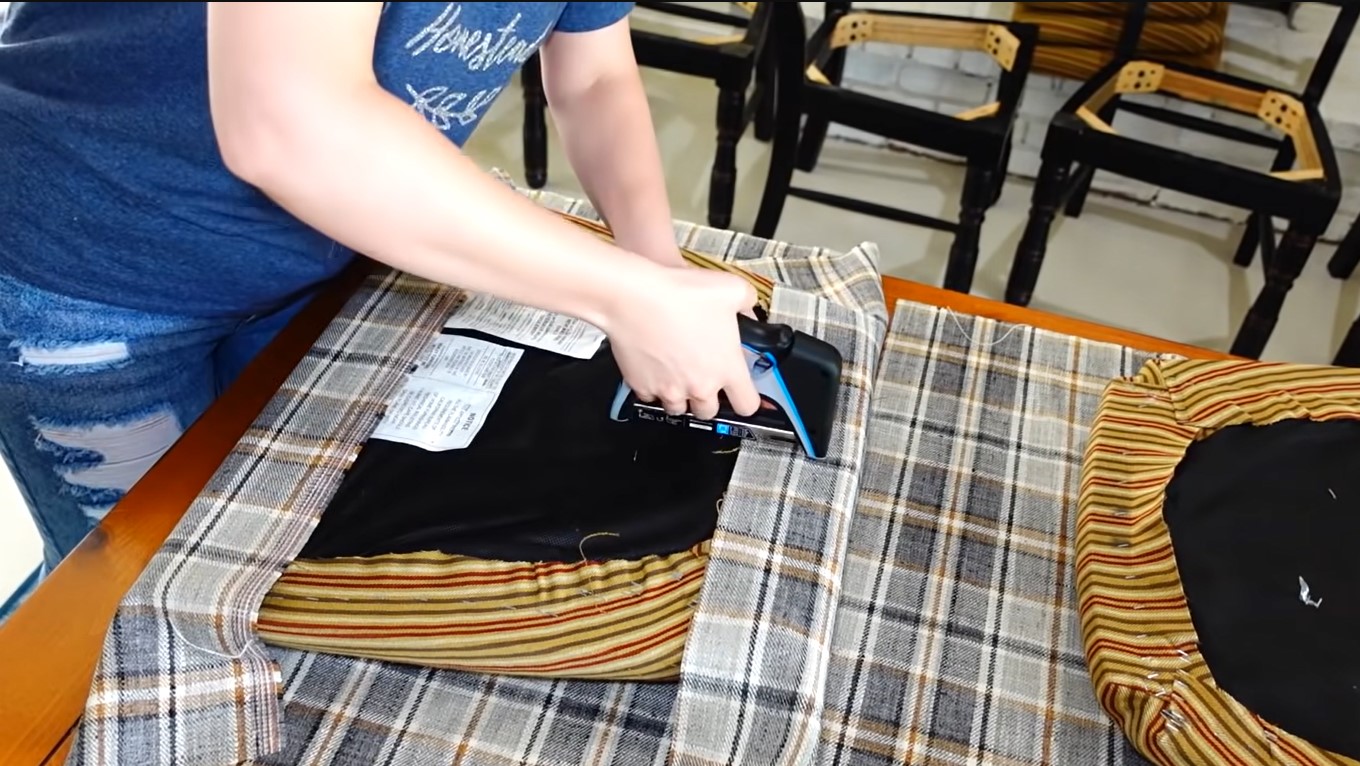
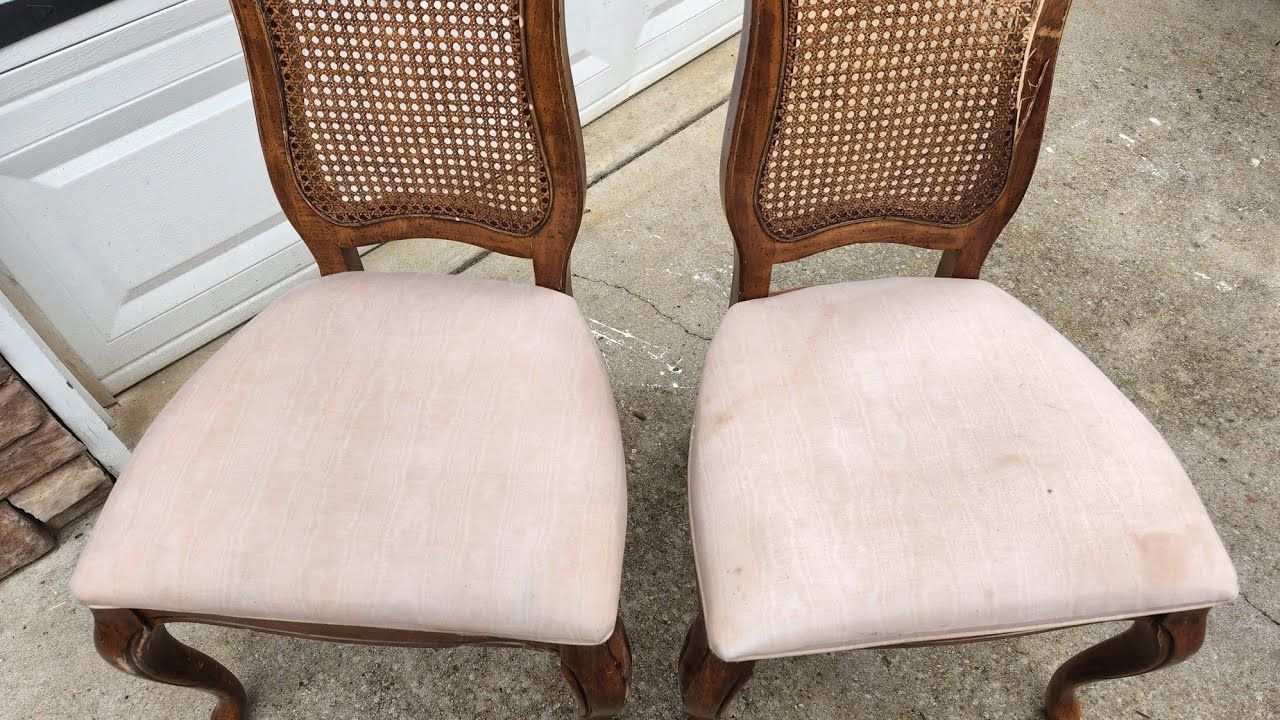
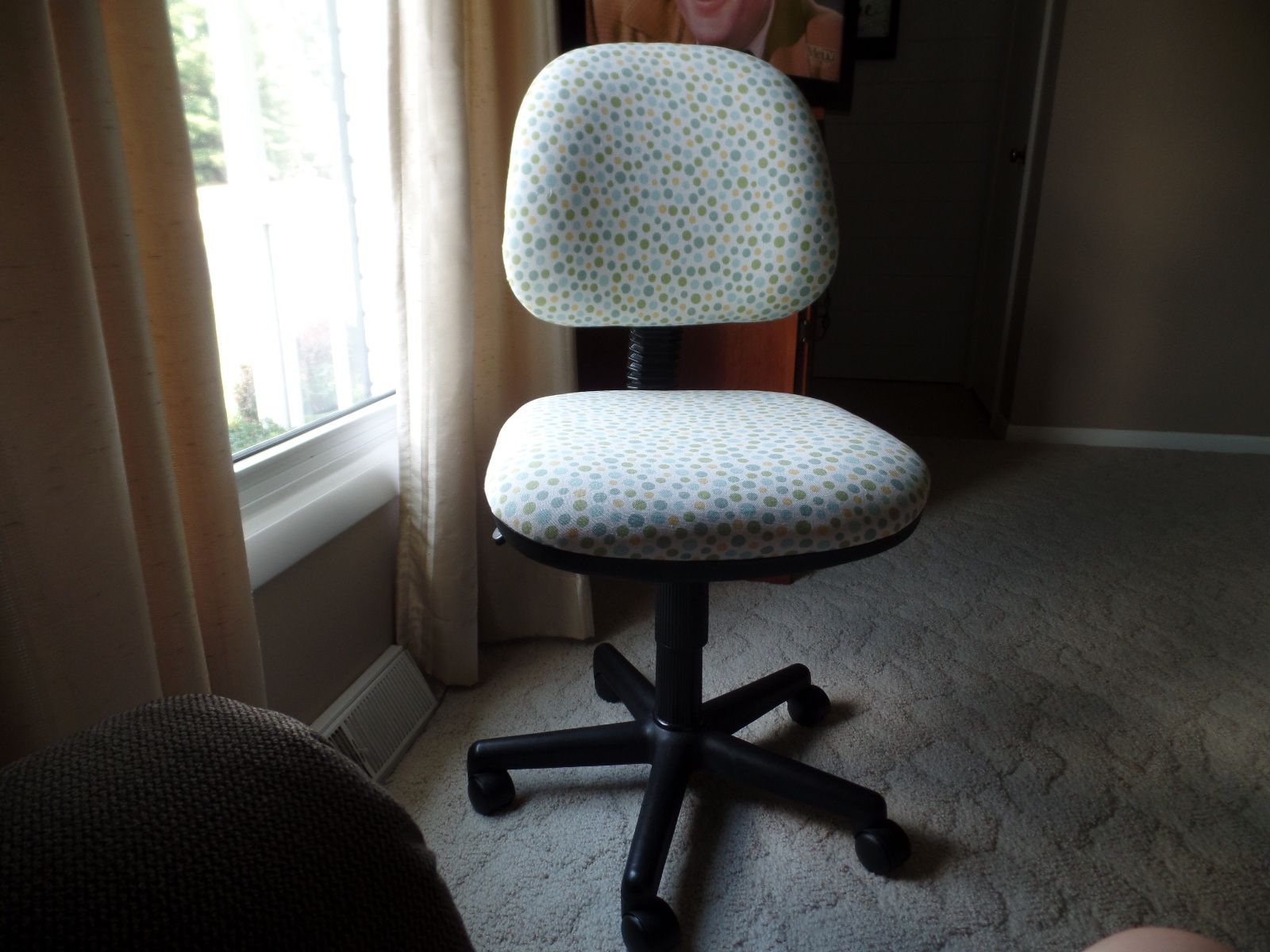

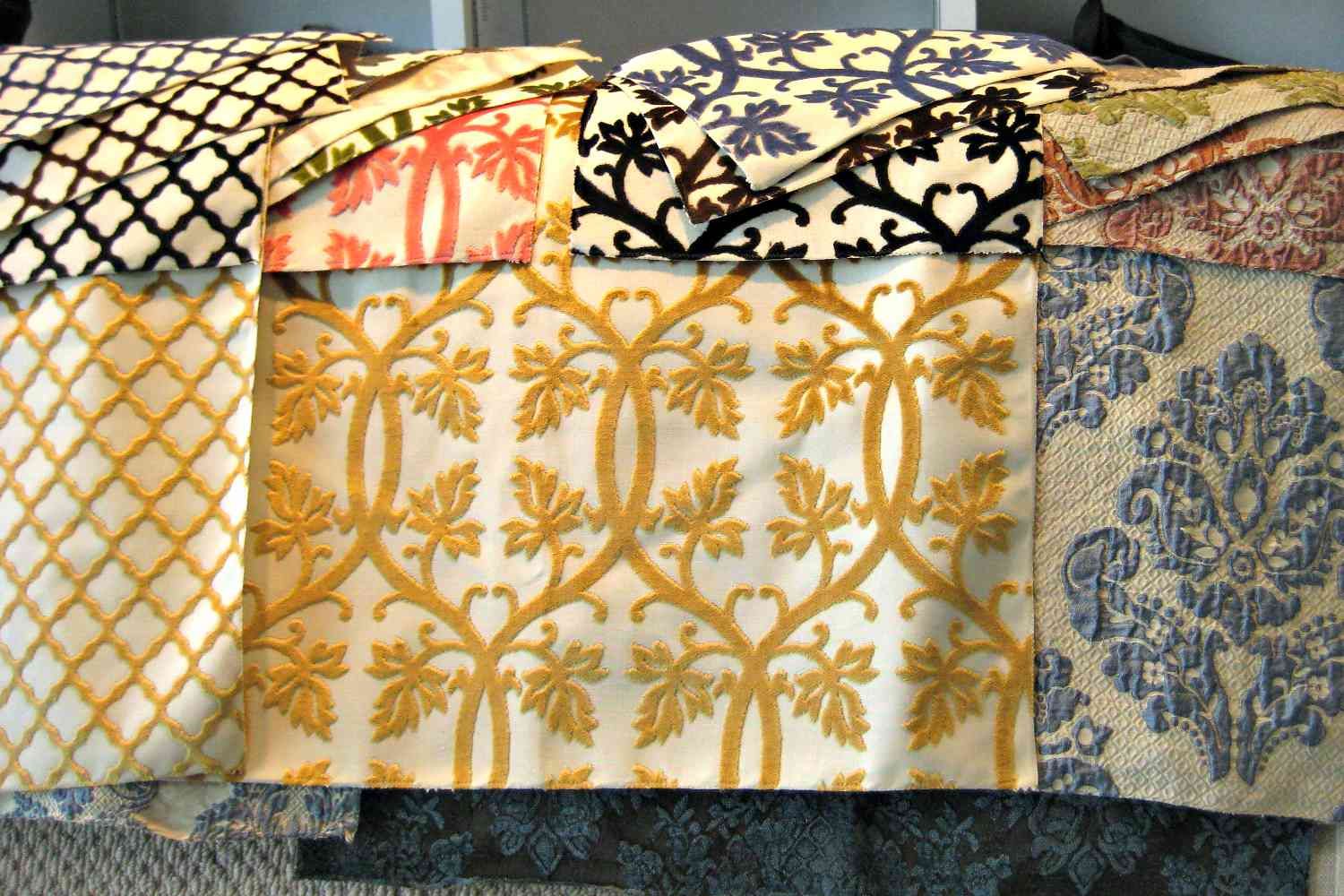
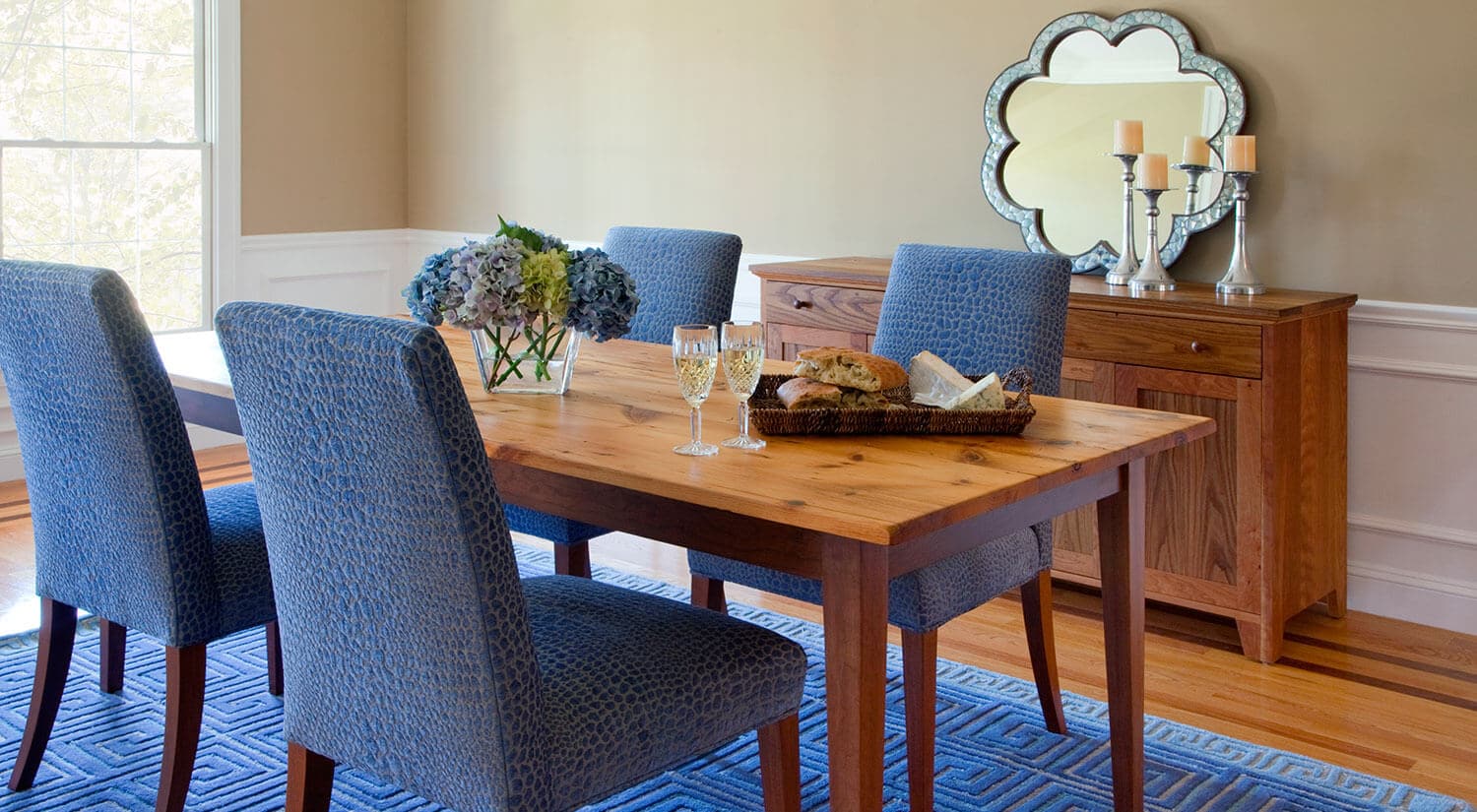
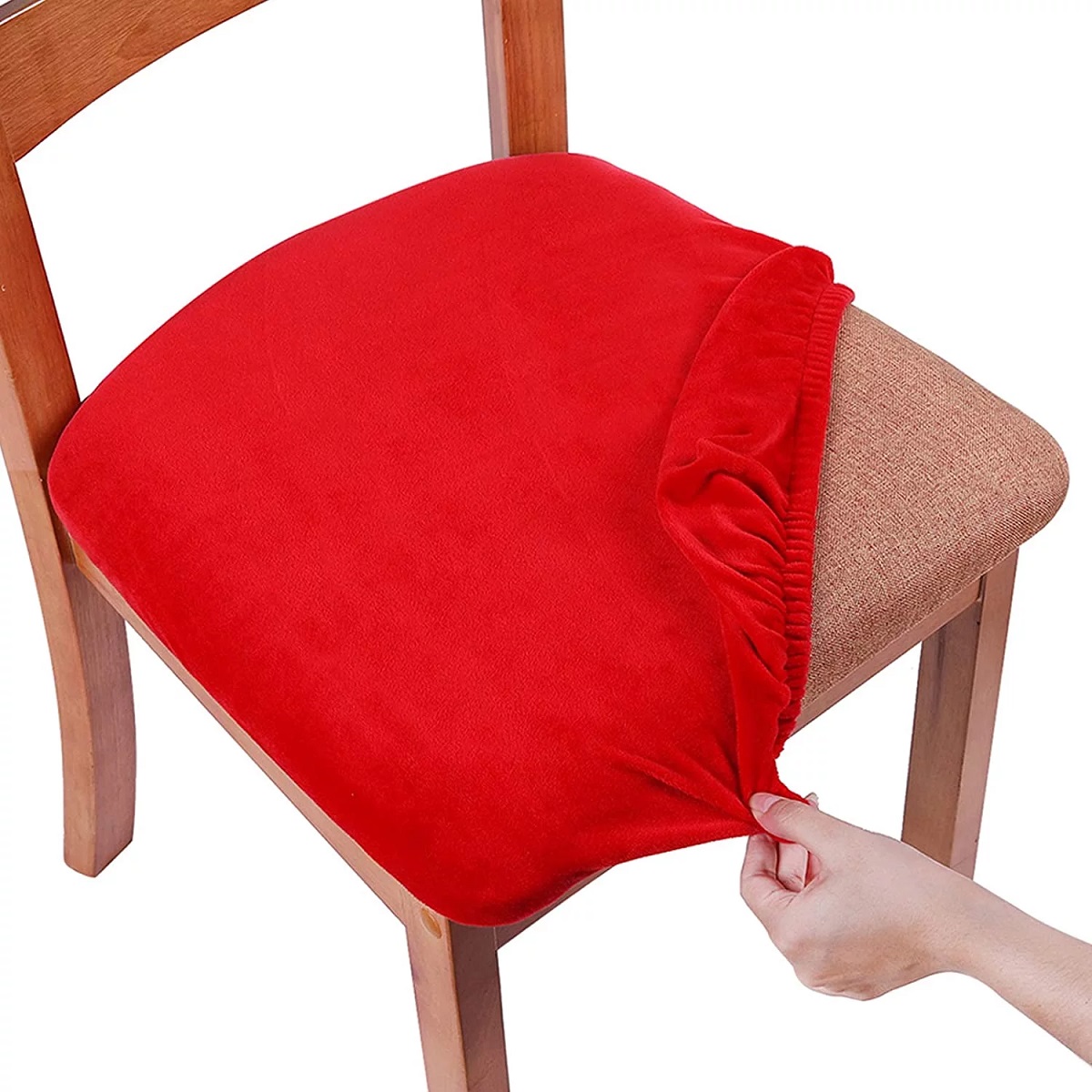
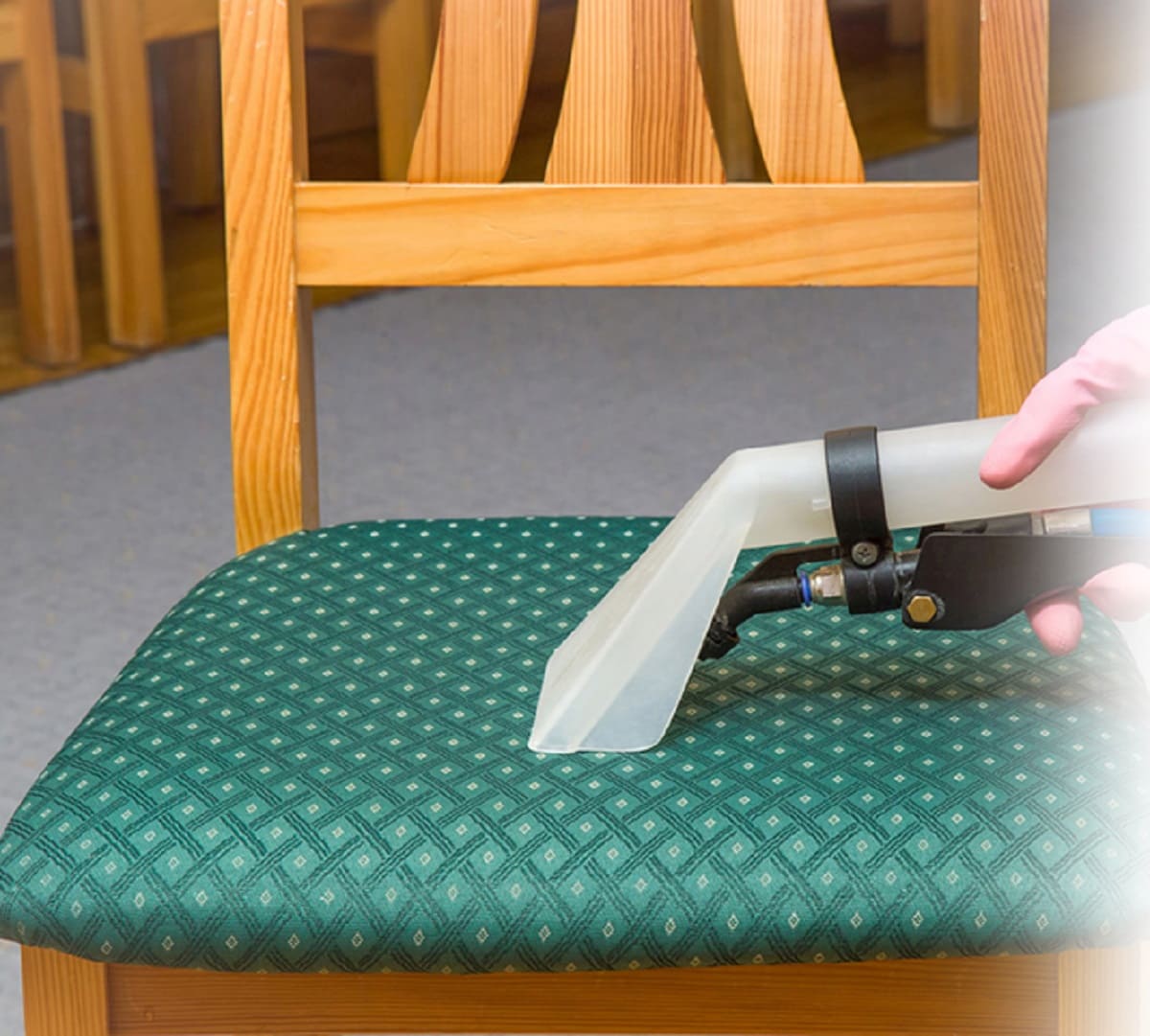
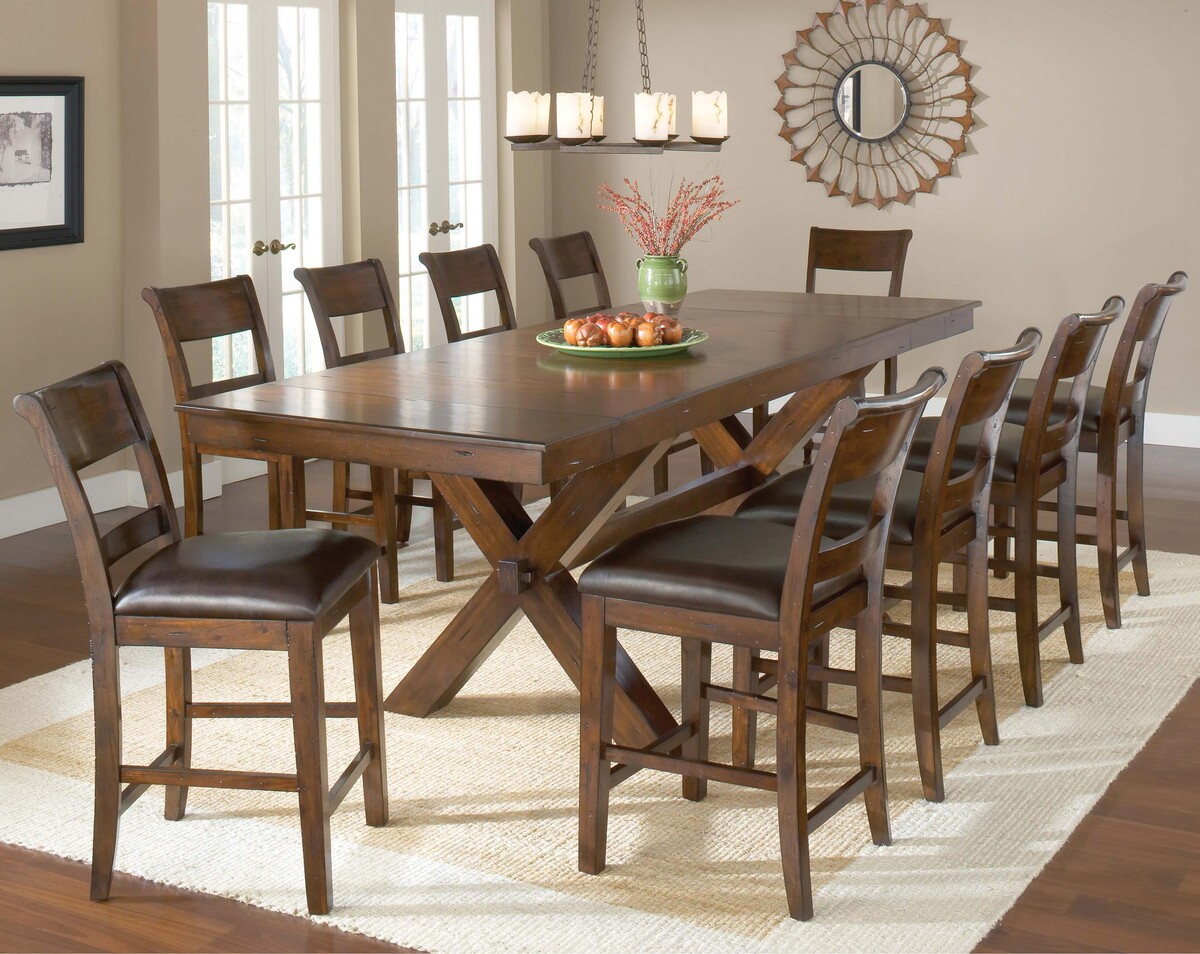
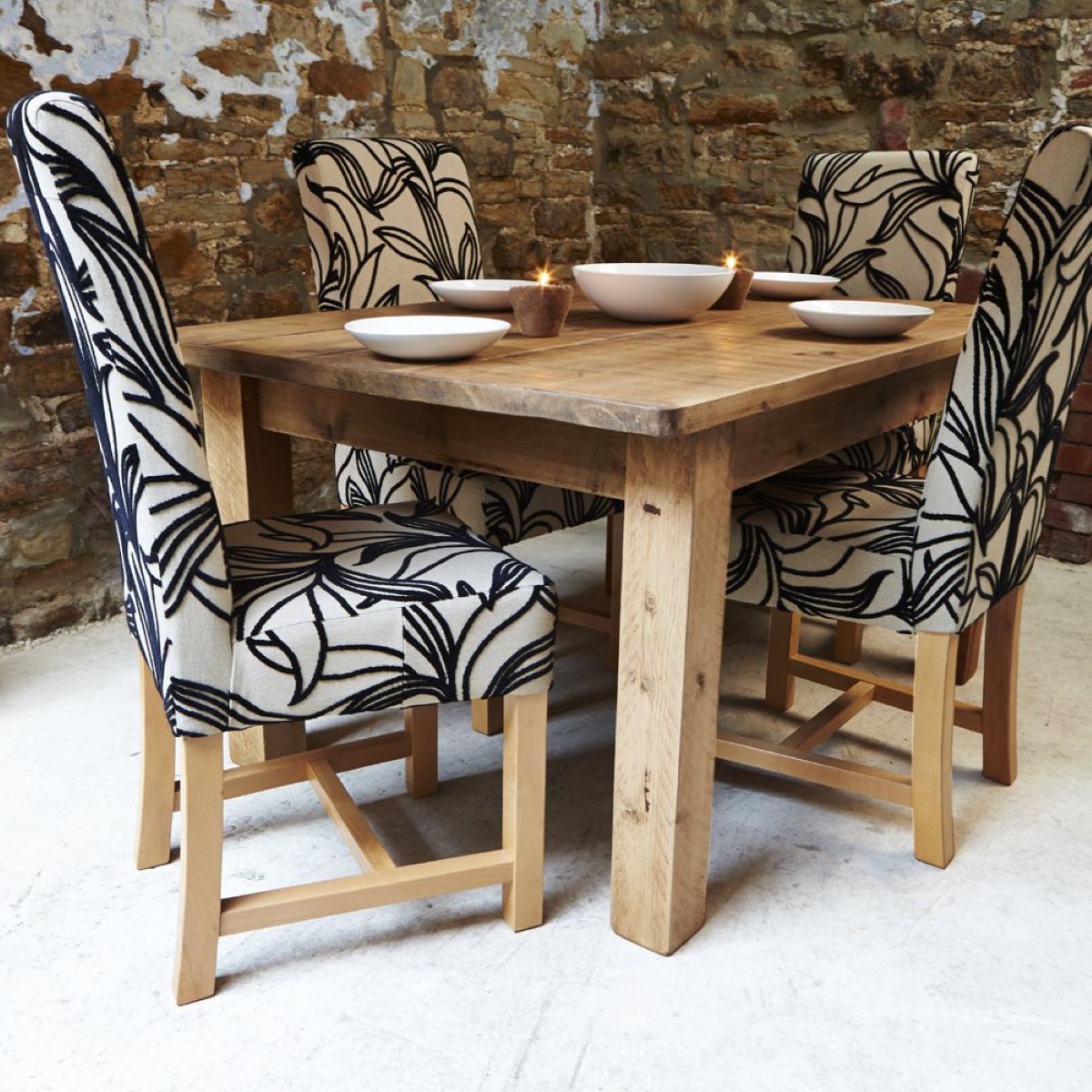
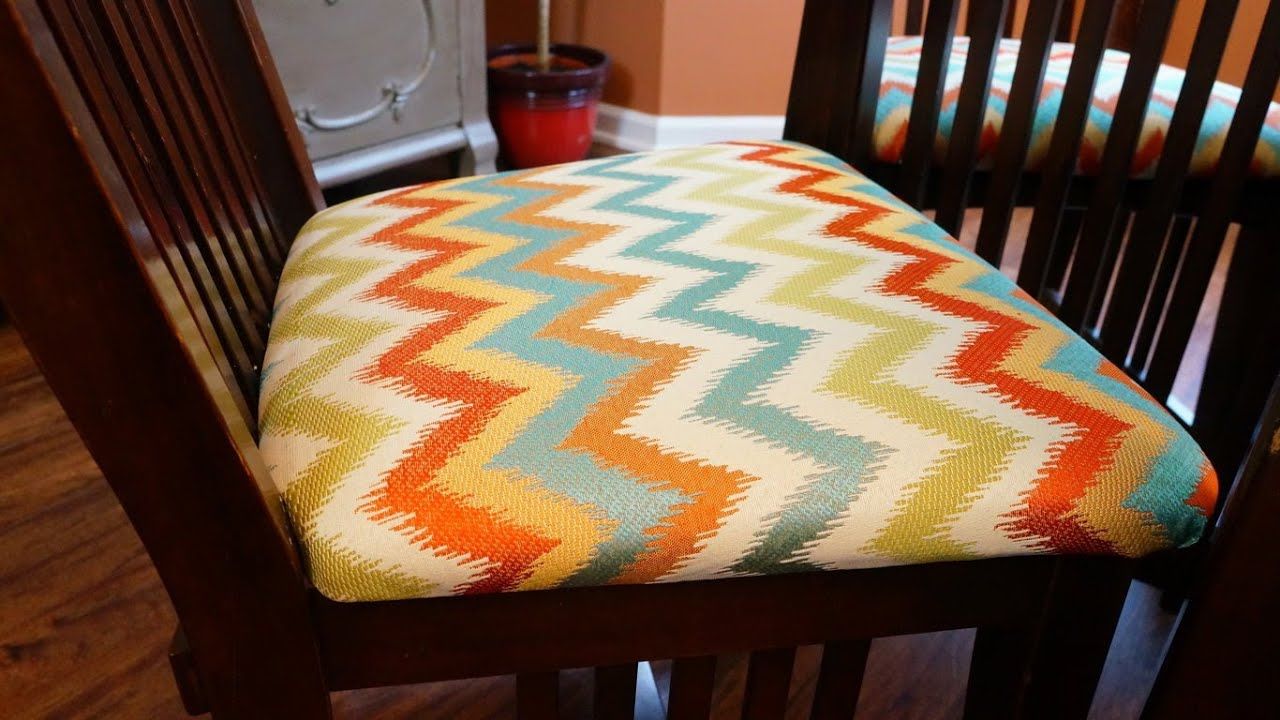

0 thoughts on “How Much Fabric To Recover Dining Chairs”